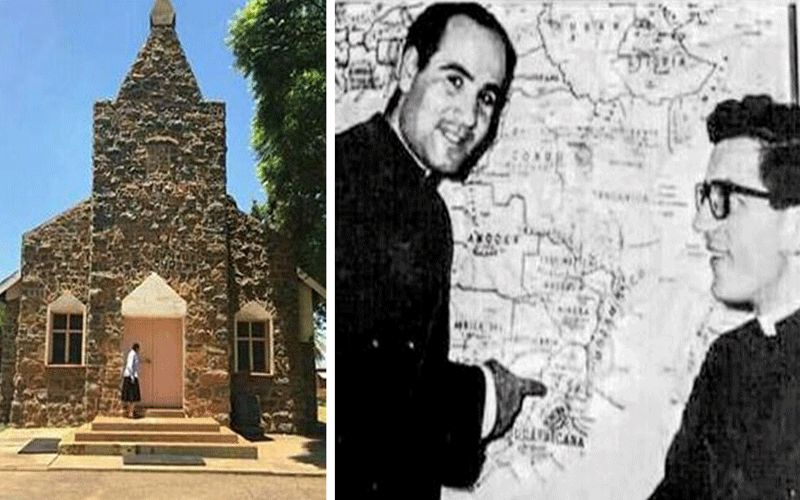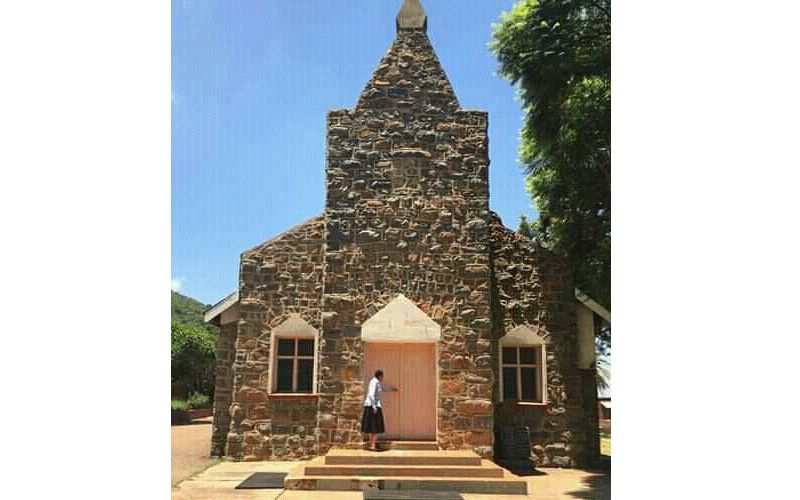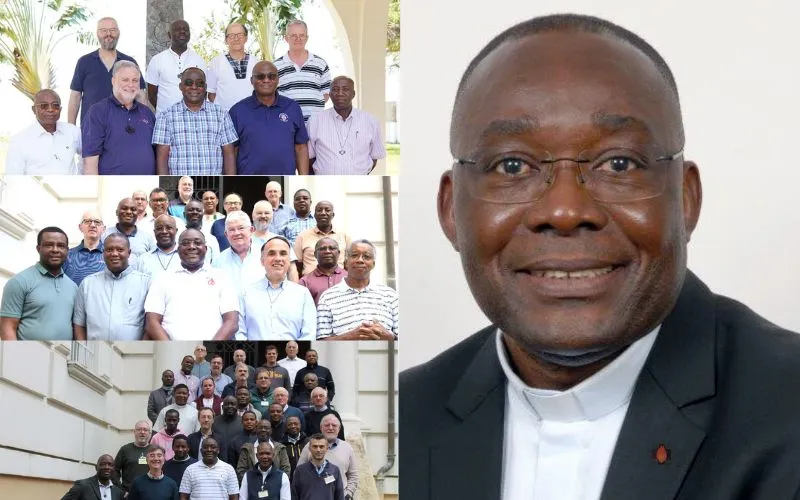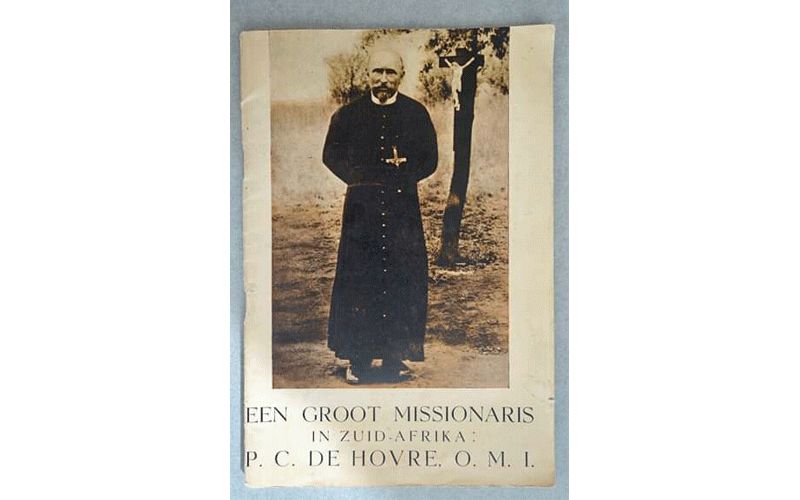Though the Mission was established in January, it is July that is most special to its calendar because of two special occurrences. It was in July 1923 that the foundation stone of the Mission was blessed. And it was also in July, in the year 1962, that the mission hosted a revered figure, Mr. Moloantoa recalls.
The Mission recalls July 25, 1962, when John Baptist Cardinal Montini, then Archbishop of Milan in Italy, came to visit the mission.

“He was accompanied by Archbishop Garner and Archbishop Joseph McGeough, the Apostolic Nuncio. The Cardinal said Mass for the primary school and spoke at length with local congregants,” writes Mr. Moloantoa.
He adds that less than a year later, on June 21, 1963, Cardinal Montini was chosen as the new universal shepherd of the Catholic Church, taking the name Pope Paul VI. He was beatified in October 2014 and canonized on 14 October 2018. His feast day is September 26.
(Story continues below)
As a remembrance of his visit to the Most Holy Redeemer mission, the new Pope sent a big Easter candle for the mission, which Mr. Moloantoa says “was used over several years.”
One other notable personality in the Catholic Church who visited the Mission, in 1988, was Mother Teresa of Calcutta. She was beatified in October 2003 and declared a saint on 4 September 2016. Her feast day is September 5.
The memory of the role that the Mission played during apartheid in South Africa also lives to date.
At this time, the Sisters of Mercy had taken over management of the Mission with a firm resolve to start a school that would offer an “alternative” education from the one that was given in government schools, the Bantu Education, which was intentionally inferior.
In 1975, the Sisters admitted the first learners to Tsogo High school (Tsogo is Setswana for “Resurrection”).
“At the height of the social unrest of the 1980s, the mission became a natural refuge for many political activists escaping the wrath of the apartheid state,” notes Mr. Moloantoa in his sharing with ACI Africa.
He adds, “Many hid in the nearby mountain and came down to the mission at night for food and necessary ablutions provided by the nuns and priests. In other incidents, activists were hidden in the sanctuary of the nuns’ convent or church, as the security police could not enter those spaces.”
Mr. Moloantoa notes that students of Tsogo High School, as well as activists who benefited from the compassion of the mission, went on to occupy major social, economic and political positions in the new political dispensation after April 1994, when the apartheid system in South Africa officially came to an end.
Agnes Aineah is a Kenyan journalist with a background in digital and newspaper reporting. She holds a Master of Arts in Digital Journalism from the Aga Khan University, Graduate School of Media and Communications and a Bachelor's Degree in Linguistics, Media and Communications from Kenya's Moi University. Agnes currently serves as a journalist for ACI Africa.











